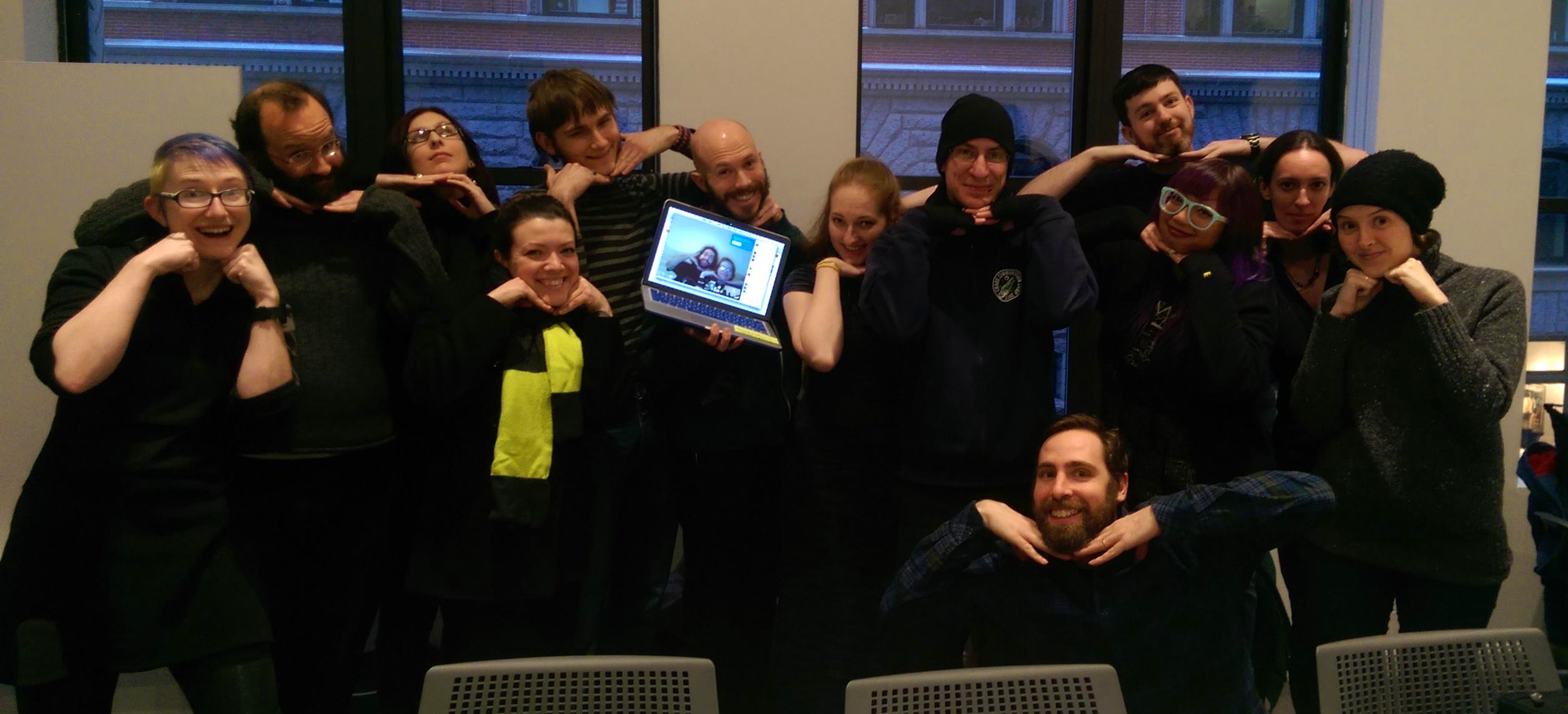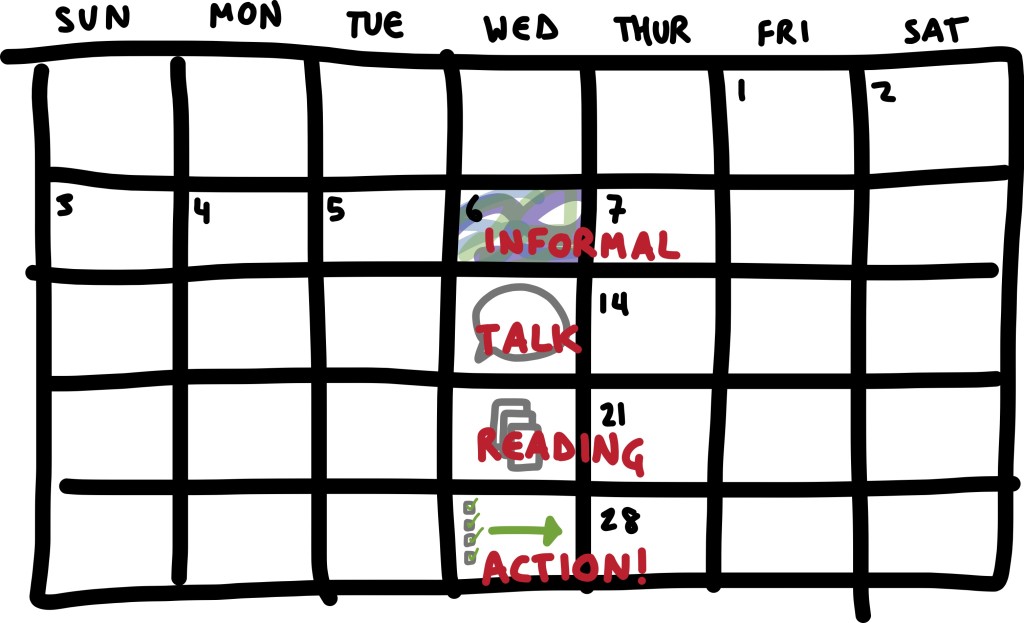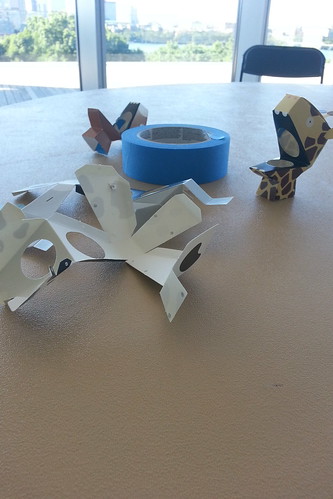NECSI’s action-based 4th Wednesday Salon focused on First Day. This is an event which provides the resources, framing, and impetus to take personal responsibility for community health. It is not a fix-all, but is it an important, missing piece in the US health care debate, and a fulcrum for connected shifts to a healthier society.
On Wednesday, March 11th, we will hear talks from Deb Roy from the MIT Media Lab, Devin Belkind from OccupySandy, and Sam Klein from Wikimedia on Distributed Organizations. Register here.
First Day is about taking personal responsibility for your own wellbeing at personal and global level. Inspired from the idea of regeneration and new year resolutions, First Day wants to create a community level engagement at a personal level and community level.
We assumed those attending would be both in a position to, and have a desire to, act. The Wednesday before had provided space for folk to ramp up to this state, including review of readings about a similar Wal-Mart initative. We were additionally inspired by Boston’s own First Night and City Awake.
After very short reminders of what we were there to accomplish for the day, each person introduced themselves and what they were interested in specific to First Day. From these, we pulled out a few break-out sessions tasked with creating an actionable list or guidelines for organizers to work with. The overarching points we ended with were an appreciation of the need of safe space for people to ask questions which might otherwise be taboo (especially around health), comfort in complex problems having interventions (especially with a light hearted attitude!), an appreciation for existing cultural events (Days of the Dead as well as Chinese, Tibetian, and Indian celebrations of new cycles and health), and holistic approaches to mental and physical health.
Slightly curated notes follow: Continue reading








 What’s Next?
What’s Next?